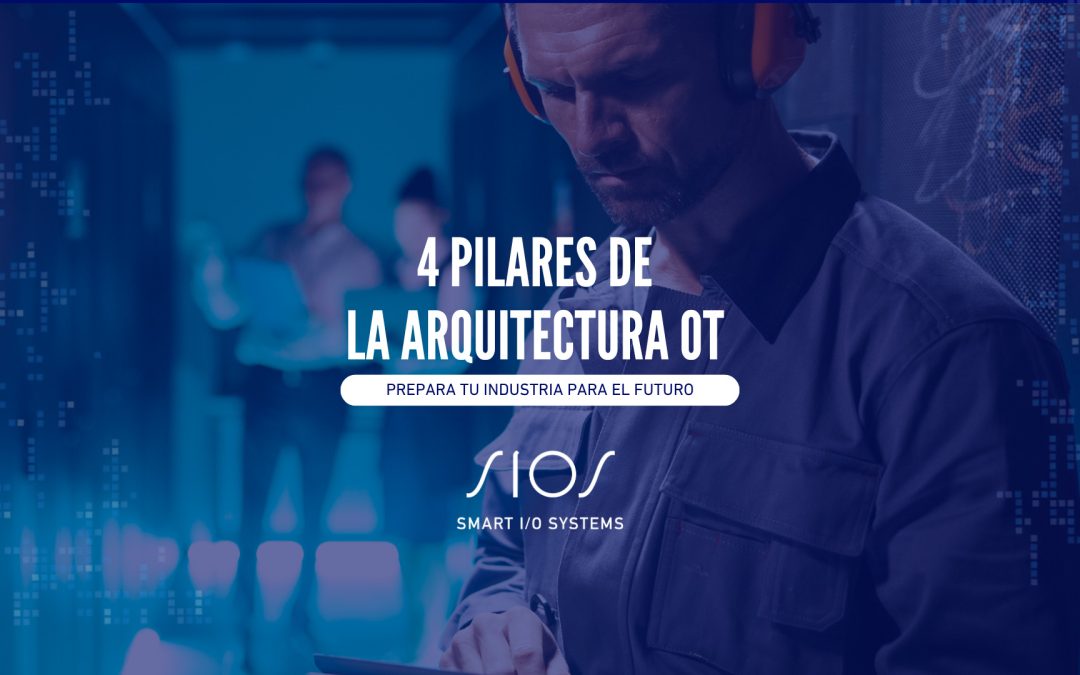In an increasingly digital industrial environment, OT (Operational Technology) architectures must evolve. It’s not enough for systems to work today, they must be ready to grow, adapt, and integrate without compromising operational continuity.
A future-ready OT architecture isn’t just a collection of connected devices. It’s a strategic, flexible, and robust structure designed to withstand technological changes, scale with the business, and ensure the security and availability of operational data.
Here are the four key pillars every modern OT architecture should consider:
1. Interoperability: Everything Speaks the Same Language
One of the main challenges in industrial plants is the coexistence of equipment from different brands, generations, and protocols. Interoperability ensures that all these components—from sensors and PLCs to SCADA or MES systems—can communicate and share data seamlessly.
Why is it essential?
- Prevents information silos
- Enables scaling without replacing existing equipment
- Facilitates integration with IT systems (like ERP or analytics platforms)
2. Cybersecurity: Protect What Keeps the Plant Running
As OT systems become more connected to the digital world, they also become more vulnerable. A secure architecture not only protects against external attacks but also ensures operational integrity and business continuity.
Real risks:
- Unauthorized access to critical processes
- Manipulation of operational data
- Unplanned downtime due to malware or remote errors
Best practices:
- Segmentation between OT and IT networks
- Strong authentication for users and devices
- Regular updates and patches
- Continuous monitoring for unusual activity
3. Modularity: Grow Without Rebuilding
A modular OT architecture allows you to add new equipment, production lines, or functionalities without redesigning the entire structure. This reduces implementation costs, minimizes downtime, and supports long-term growth.
Key advantages:
- Phased implementation
- Reuse of components and configurations
- Adaptability to process changes
Applied examples:
- Adding a new furnace without modifying the central system
- Creating independent dashboards for each line
- Connecting new data sources using replicable logic
4. Ongoing Maintenance and Support: Beyond Deployment
A scalable architecture must remain updated, secure, and functional over time. Maintenance should not be reactive, it should be a built-in part of the design.
Essential aspects:
- Clear, updated documentation
- Remote diagnostics and predictive alarms
- Continuous staff training
- Technical support plans and technological evolution
An OT architecture isn’t “finished” once deployed. Its real value is revealed when it remains operational, flexible, and efficient for years regardless of the technologies that come next.
Is Your Plant Ready to Grow?
If your operation is looking to connect more processes, integrate new technologies, or simply gain more control and visibility, these four pillars can help you build a solid foundation.

